Driving success with fleet management
October 18, 2025 at 3:00 p.m.By Emma Peterson.
From buying your company vehicle to insuring and maintaining it, learn how smarter fleet management lowers overhead costs.
In the roofing industry, some of the biggest expenses contractors will have to handle when running a roofing business are labor, materials and their fleet. In this Coffee Conversations sponsored by QXO, Karen Edwards sat down with Seth Pietsch, Damien Katzenmeyer and Rich Carroll to discuss that third and less talked about expense – the fleet.
When we talk about a “fleet” in roofing, we’re talking about the trucks and other vehicles that contractors use to transport people and materials to and from the job site. From a technical perspective, the term fleet is often used when the number of company vehicles exceeds 5. Seth, the president of Integrity Insurance and Bonding explained, “From the insurance company's perspective, you get fleet rated once you have 5 or more vehicles, not counting any trailers.”
Having that many vehicles might sound like a lot to smaller contractors, but it is something that often naturally grows as your company expands. Damien, the VP of fleet and logistics at QXO, shared, “We have over 2,500 Commercial Distribution Specialist trucks, another 400 or 500 pickups, and then all sorts of trailers and material handling equipment.” While this is the high end of how big fleets can get, even if your fleet is just 5 trucks, it’s important to make sure you are managing them closely and carefully.
Here are a few key things to consider:
Purchasing your vehicles
The first part of fleet management is getting the fleet in the first place. There are a few different options available to contractors looking to purchase a vehicle for business purposes. Damien noted a few key questions to consider. He shared, “Are you going to use capital and pay for it? Are you going to get a loan? Are you going to lease the vehicle?” There are pros and cons to each option, so it is important to look at your business model to see what would work best for your company.
You should also think about the timeframe for when you are purchasing vehicles. Damien explained, “Depending on how big your fleet is, you should balance when you buy and how you rotate the vehicles through the company. So, say you have a big outlay and you buy 10 vehicles in one year. Well, in 5 years, when they're all due to be replaced, you're going to have a big outlay again. But if you spread it over time, that cost will be spread out, too.”
Sorting out insurance
After you get your vehicle(s) it’s time to get them insured. Seth explained, “If you have 5 vehicles in your auto policy, you're considered fleet rated by the insurance companies. The important thing is to look at how you’re structured, so that’s with your employees, your subcontractors, your W-2s, your 1099s, etc. because there has to be an insurable interest in that vehicle for your insurance company to apply coverage.”
In action, this means that if you are the owner of a company and buy a vehicle in your name for the company, you must make sure to have a lease agreement between you and the business to count it as insurable interest. If you have a vehicle in your name without that lease, you can run into issues where if there is an accident or claim, your insurance could deny coverage.
For those with fewer than 5 vehicles, it’s still important to make sure you keep things documented, even if you do not technically have a fleet for insurance purposes. Rich Carroll, the co-founder of Carroll Consulting, explained, “Keep in mind that there's still other regulations that you might need to follow, even if you're less than 5 vehicles. You’ll want to have a structured maintenance program and things like that.”
Make a maintenance program
Once you have an insured vehicle, you need to establish a maintenance program that is easy to track and keep up with. Damien elaborated, “You’ve got to have a scheduled maintenance program, so you can understand how long the vehicle is going to last.” To build a proper maintenance program, you should think about how you are using the vehicle – such as how much it will be hauling and how many miles it will be driving.
Once you have a goal of how long you want the vehicle to last based on how you will be using it, it’s time to find a way to keep track of maintenance. There are a lot of new programs and softwares out there that can now help manage this! Rich explained, “There's some service softwares that'll give you reminders to potentially go check the odometer to see where things are at, these are easy to adapt to a small fleet too! There’s also more advanced programs, like I have a customer that's working on his own with AI to try to create something with cameras, so when their vehicles are coming in, they can monitor if there's any new damage and wear.”
Overall, no matter what your maintenance management program looks like, being proactive is key. Damien explained, “When you keep up with your maintenance, you'll bring your total cost of ownership down. When you think, ‘I'm going to skip the preventative maintenance this time and save the $200 this month,’ ultimately you end up costing yourself more in the long run.”
Listen to the full episode or Watch the recording to learn more about managing a fleet of vehicles.
Learn more about QXO in their Coffee Shop Directory or visit www.qxo.com.

About Emma
Emma Peterson is a writer at The Coffee Shops and AskARoofer™. Raised in the dreary and fantastical Pacific Northwest, she graduated in 2024 from Pacific University in Oregon with a degree in creative writing and minors in graphic design and Chinese language. Between overthinking everything a little bit, including this bio, she enjoys watching movies with friends, attending concerts and trying to cook new recipes.
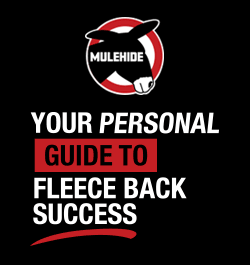


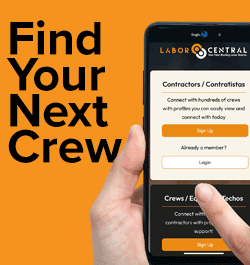

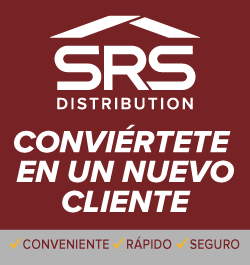

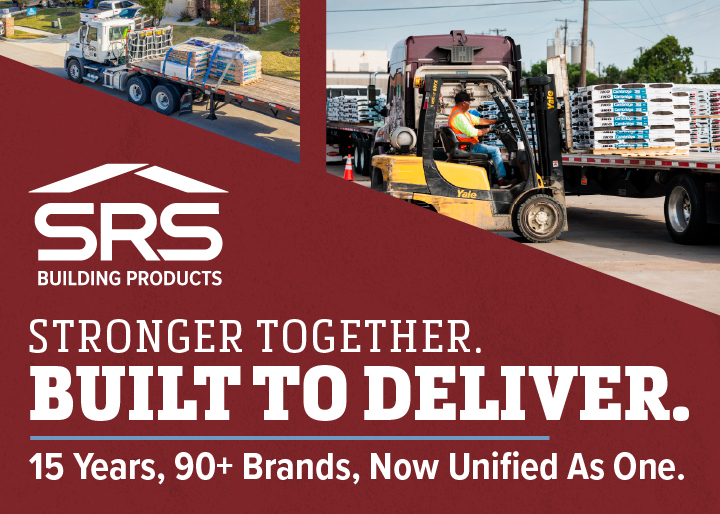
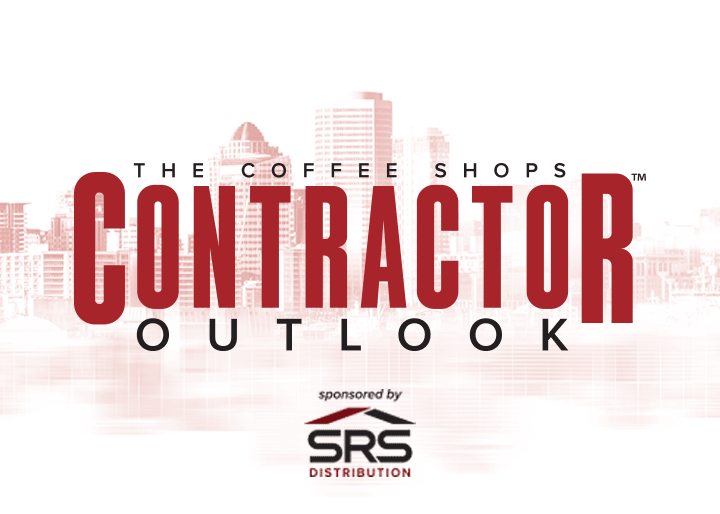

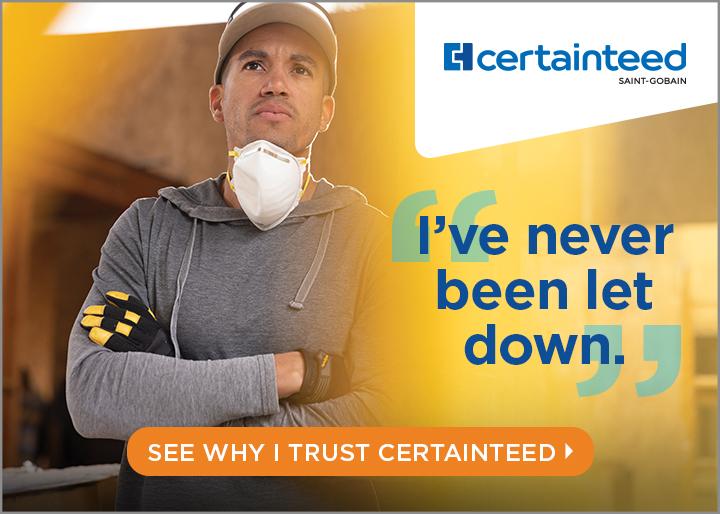
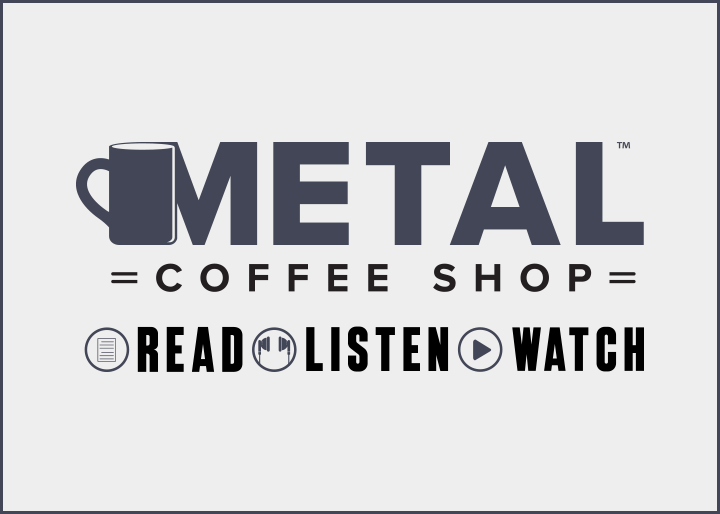

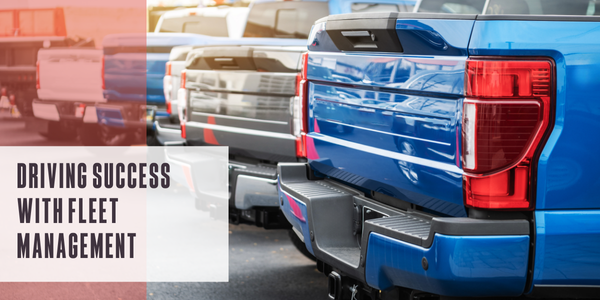

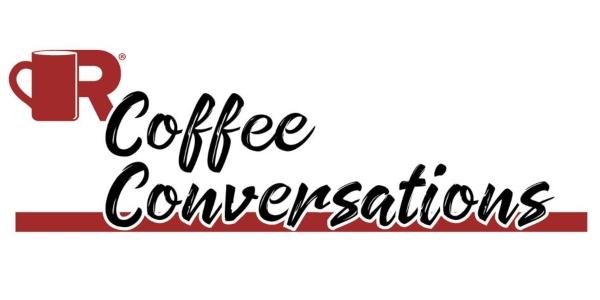
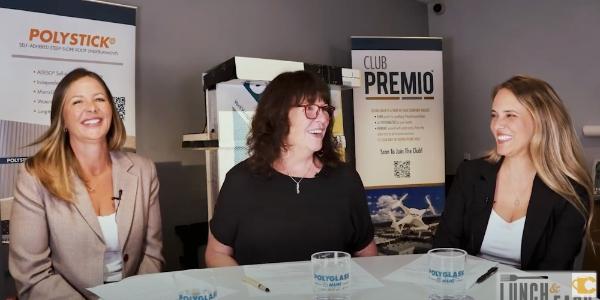

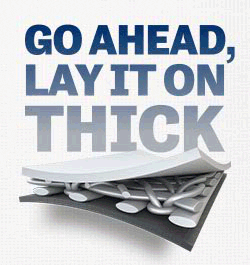

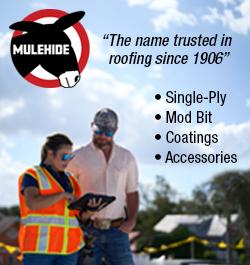

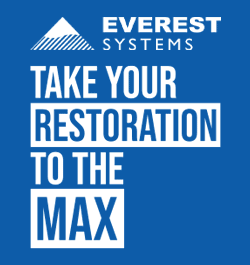

Comments
Leave a Reply
Have an account? Login to leave a comment!
Sign In